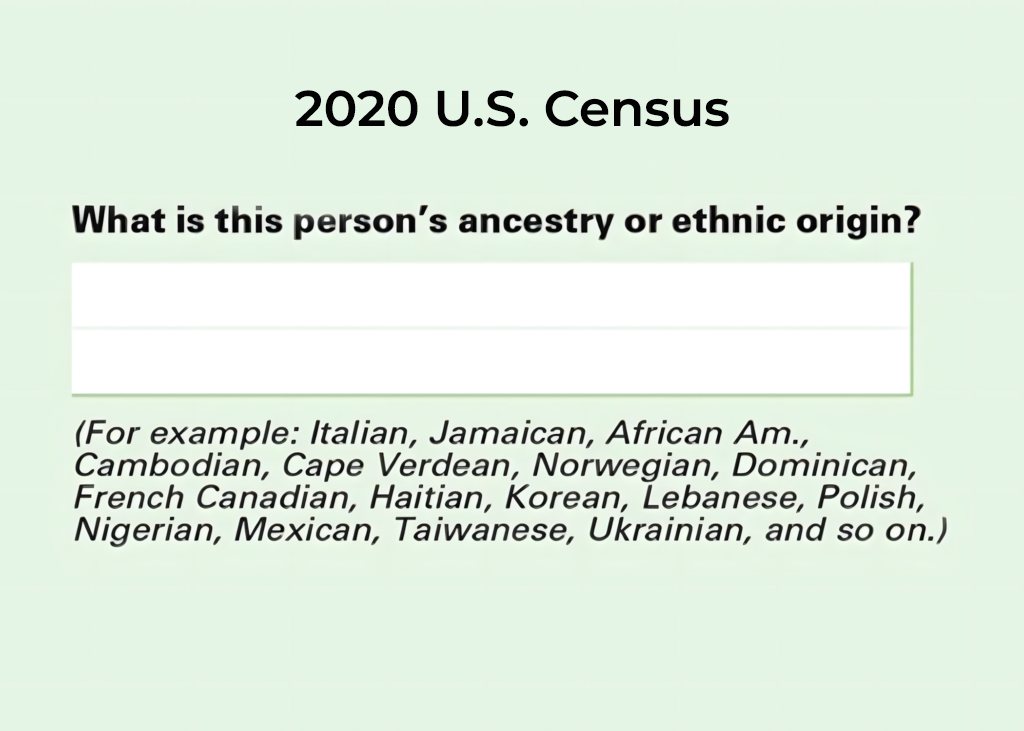Measuring Ethnicity With U.S. Census Data: Implications for Mexicans and Arabs.
Read, Jen’nan Ghazal. 2013. Population Research and Policy Review.
U.S. racial and ethnic populations can be defined by a number of factors, from race and ancestry to birthplace and language. In this study, Dr. Read examines how using alternative definitions of identity in census questions affects the results for Arab and Mexican Americans. The alternative defining questions given to the experimental groups included ancestry, birthplace, and language spoken at home for Arabs and ancestry and birthplace for Mexicans.
Dr. Read found that people who identified with the alternative definition of Arab were lesser educated, more likely to be in poverty, and more likely to identify as non-white or multi-racial than the Arab population as a whole. In contrast, persons in the Mexican alternative definition group were more highly educated, less likely to be in poverty, and more likely to identify as white than the Mexican population as a whole. These findings demonstrate the importance of the questions we ask in accounting for racial and ethnic disparities in the U.S.


